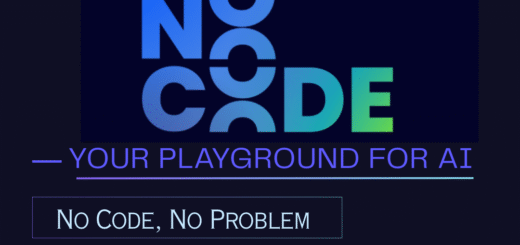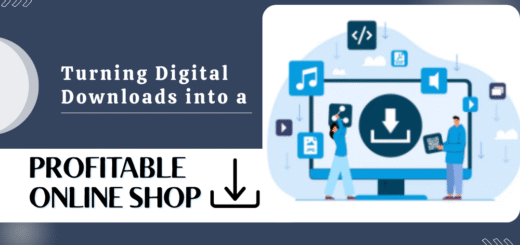The Art of Not Blinking: How I Learned to Hold My Ground in High-Stakes Sales
I’ll never forget the day I almost gave away 30% of our software’s value because I couldn’t handle the silence. There I was, across from the procurement director of a Fortune 500 retailer, watching him stare at his calculator like it held the secrets of the universe. The pause stretched so long I could hear the office HVAC humming. Then I cracked – “Of course we can discuss discounts!” – instantly vaporizing our profit margin.
Here’s what I’ve learned since then about negotiating with buyers who act like every deal is a flea market haggle.
1. The Flinch Test (And Why Most Salespeople Fail It)
Buyers throw out price objections like grenades because it works. Most reps immediately dive for cover with discounts. But the procurement team at HomeGoods taught me a better approach:
When they said “Your competitor’s bid is 40% lower,” I didn’t flinch. Instead: “Interesting. Can you share which features they’re including at that price point?”
Turns out their “solution” required two full-time staff to manage – a $160k/year hidden cost. Suddenly our premium price looked different.
2. The “Money Map” That Changes Every Conversation
I keep this scribbled in my notebook for every negotiation:
PAIN: What’s currently costing them money/sleep/time?
GAIN: What outcome would make them look like a hero?
MATH: Hard numbers proving our solution covers its cost
Example: When pitching our inventory system to a grocery chain:
- Pain: $28k/week in spoiled produce
- Gain: 90% reduction in waste
- Math: System pays for itself in 11 weeks
Presented this way, only fools debate price.
3. The Add-On Gambit (How to Say No While Saying Yes)
When buyers demand discounts, I “compromise” with:
- Extended payment terms instead of price cuts
- Bonus training sessions (that cost us little but feel valuable)
- Early access to new features
Like last month when a client wanted 15% off. Instead, I threw in our $5k onboarding package “for free.” Same bottom line for us, but now they feel like they won.
4. The Puppy Dog Close (Try Before You Buy Tactic)
We stole this from the pet store playbook. For hesitant buyers:
“Let’s implement this in one warehouse for 60 days. If you don’t see [specific result], we’ll remove it no charge.”
Of our last 27 “trial” deals, 26 converted to full contracts. Because once they experience the solution, price becomes secondary.
5. When to Walk Away (And Make Them Chase You)
My mentor’s golden rule: “If they’re only talking price, they don’t value what you’re selling.”
I finally tested this with a tire-kicking client who’d stalled for months. “John, I think we might not be the right fit,” I said, standing to leave. His panicked “Wait, let’s revisit this” led to a signed contract at full price that afternoon.
The Uncomfortable Truth About Discounts
Every time you lower your price, you train buyers:
- Your product isn’t worth the asking price
- They should always demand more
- You’ll eventually cave if they wait long enough
Whereas holding firm attracts clients who value what you actually deliver. Our average deal size increased 65% when we stopped leading with discounts – and our close rate barely dipped.
Final Thought: Price Is the Story You Tell
The difference between “expensive” and “valuable” comes down to how you frame it. Now when buyers mention cost, I smile and say:
“Totally fair question. Before we get to numbers, let’s make sure this actually solves your problem. Sound good?”
And just like that, we’re no longer talking about price – we’re talking about results. Which is where every sales conversation should live.


